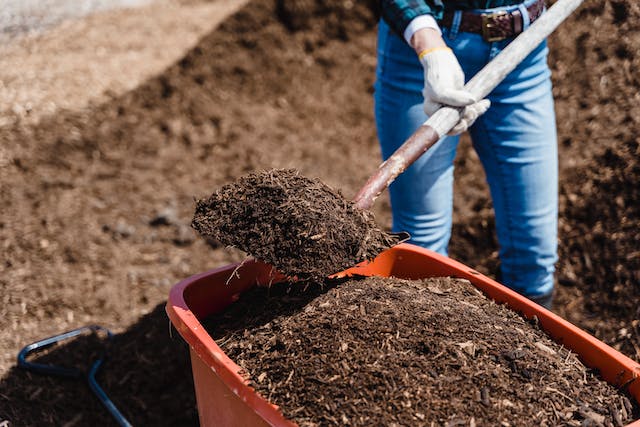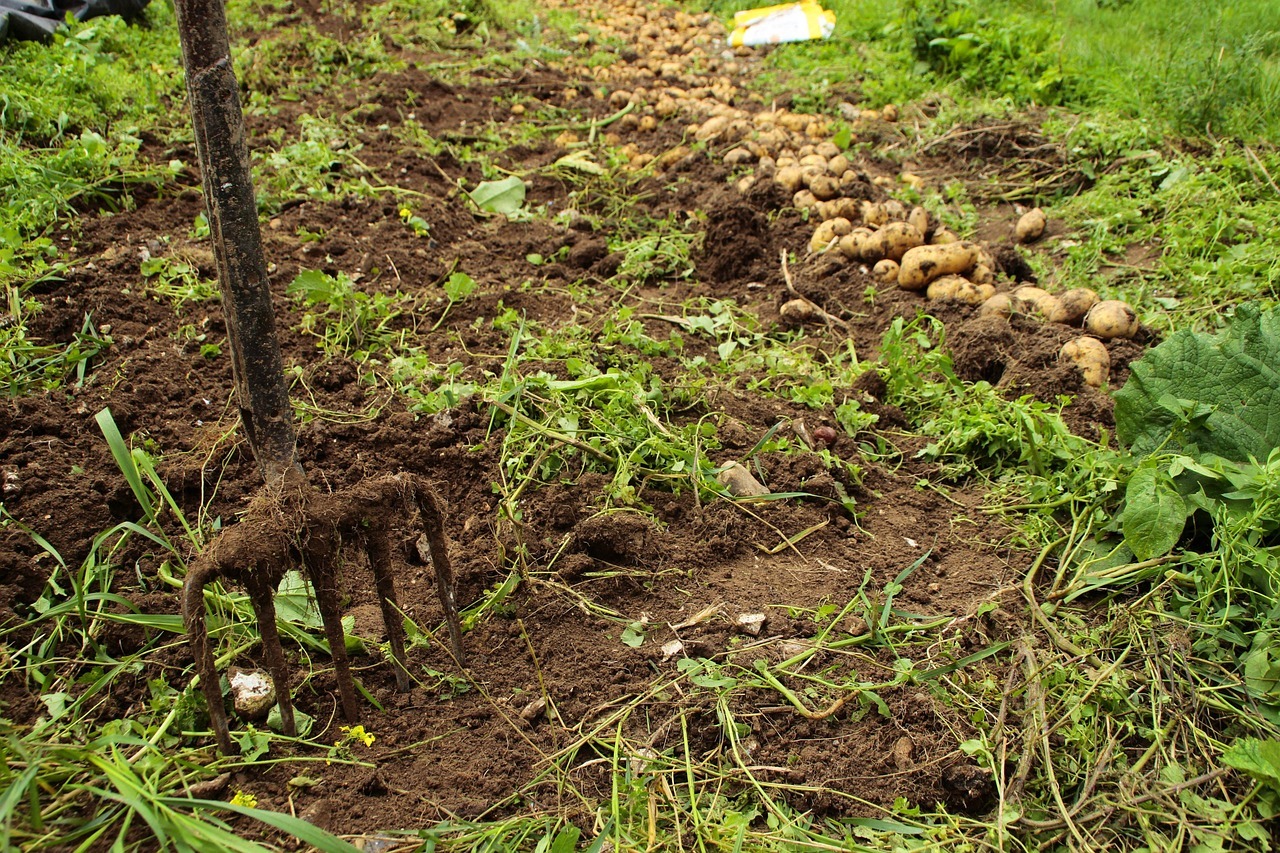The Benefits of Letting Your Land Rest Every Seven Years

In farming, the idea of leaving land untouched for an entire year might feel counterproductive. After all, every season counts when it comes to production, doesn’t it? Yet, for generations, farmers have embraced the practice of letting their land rest every seventh year—a tradition rooted in ancient wisdom and proven by modern science. Known as fallowing or the "Sabbath year," this simple act of rest does wonders for the soil, water, and ecosystems, setting the stage for long-term agricultural success.
When you allow your fields a break from the demands of planting and harvesting, you’re not only honoring the land but also ensuring its health for years to come. This practice benefits farmers, communities, and the environment, helping to balance productivity with sustainability. Here, we explore the far-reaching benefits of a seven-year rest cycle and why it’s worth considering for your farm.
Resting Your Land Replenishes and Restores Soil Health
Think of soil as a living organism—one that works tirelessly to nourish plants, absorb water, and combat pests. Over time, continuous farming depletes the soil’s natural resources, leaving it less capable of supporting healthy crops. This is where the beauty of a fallow year comes in.
When you let your land rest, the soil begins to recover. Nutrients like nitrogen, phosphorus, and potassium—which crops drain during their growth—have time to replenish naturally. Microorganisms in the soil, often overlooked but vital, thrive during this period. These tiny organisms break down organic matter and release nutrients back into the soil, restoring its fertility.
But it’s not just about nutrients. The physical structure of the soil also improves. Constant planting and the use of heavy machinery lead to compacted soil, which restricts root growth and water infiltration. A year of rest allows the soil to "breathe," loosening its structure and creating a more favorable environment for future crops.
This restoration process isn’t quick—it takes time for the soil to rebuild its strength. But the reward is undeniable: healthier, more productive land that’s ready to support robust crops.
It Helps Control Pests and Diseases Naturally

If you’ve dealt with recurring pest infestations or stubborn plant diseases, you know how frustrating it can be. These issues often stem from repetitive farming practices, where the same crops are planted year after year, giving pests and pathogens a consistent food source.
A fallow year disrupts this cycle. Without crops to feed on, pests like nematodes and certain insects struggle to survive. Their populations dwindle naturally, leaving you with fewer problems when you resume planting. Similarly, soil-borne diseases lose their grip. Pathogens that thrive in continuously cultivated soil are left with no host, reducing their prevalence over time.
This natural pest and disease management strategy minimizes the need for chemical pesticides and fungicides, saving you money and reducing your farm’s environmental impact. It also complements practices like crop rotation, giving your land an even more thorough "reset."
Imagine starting your next planting season with fewer pests, healthier soil, and reduced reliance on synthetic inputs. That’s the kind of fresh start a fallow year offers.
It Conserves Water and Improves Soil Moisture Retention

Water is often taken for granted, but in agriculture, it’s one of the most critical—and limited—resources. Letting your land rest every seven years can make a significant difference in how your farm uses and conserves water.
During a fallow year, organic matter accumulates in the soil, enhancing its ability to hold moisture. This means the soil retains water for longer periods, reducing the need for frequent irrigation. For farmers in drought-prone areas, this can be a game-changer.
Fallowing also helps combat erosion, a problem that arises when exposed soil is washed away by rain. Without constant tilling and planting, the soil becomes more stable, preventing runoff and keeping water supplies clean. This protects nearby streams and rivers from sediment and chemical pollution, creating healthier ecosystems for both wildlife and local communities.
By giving the land a break, you’re not just conserving water—you’re building a foundation for long-term water efficiency. Crops planted after a fallow year often require less irrigation, making your farm more resilient to changing weather patterns.
It Boosts Biodiversity and Strengthens Ecosystems
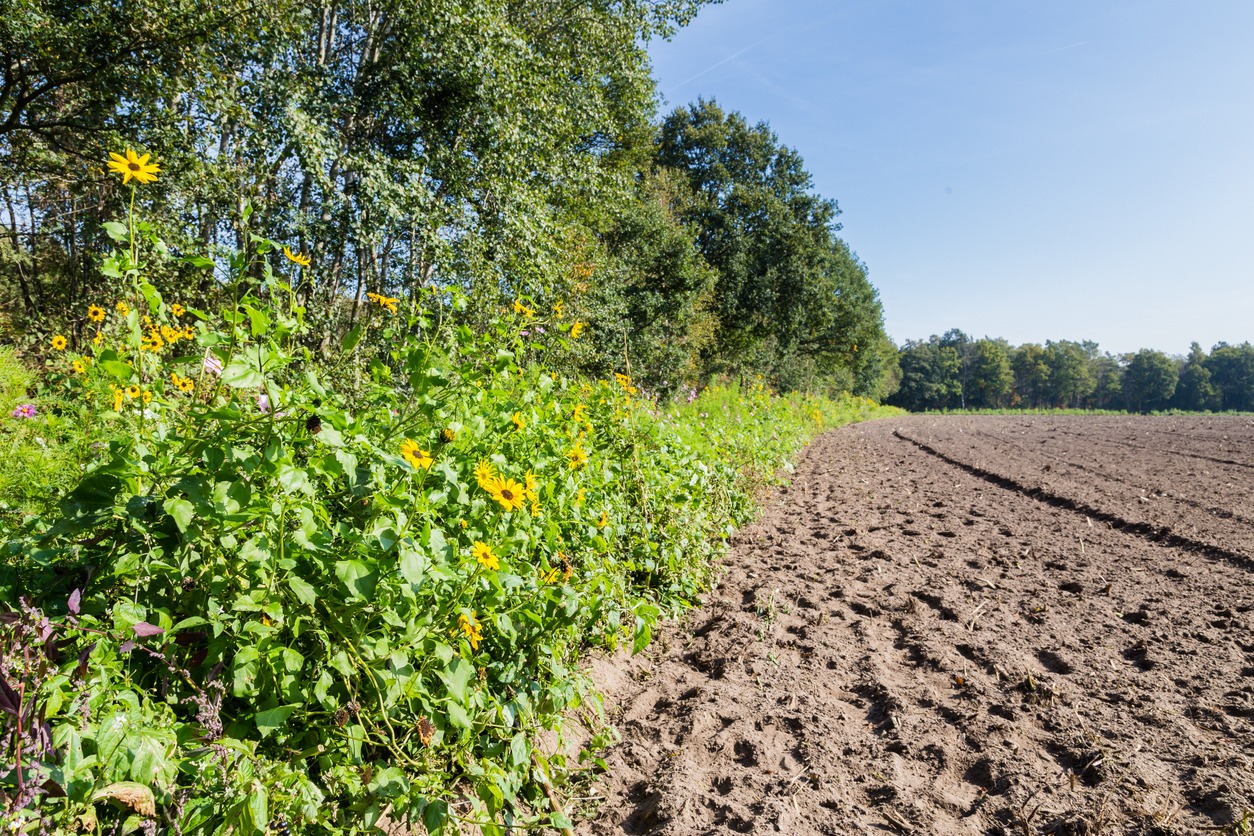
It’s easy to forget that a farm is more than just rows of crops—it’s part of a larger ecosystem. When you let your land rest, you’re giving nature a chance to flourish.
During a fallow year, wild plants often take root, creating a more diverse landscape. These plants attract pollinators like bees and butterflies, as well as beneficial insects that prey on pests. The result? A natural balance that supports both your farm and the surrounding environment.
The soil itself becomes a hub of activity. Microbial life, critical for nutrient cycling, thrives in undisturbed conditions. Over time, this increased biodiversity strengthens the soil’s health and resilience, making it better equipped to handle the challenges of future farming seasons.
Fields with fallow periods have been shown to support a wider variety of plant and animal species compared to continuously cultivated land. This diversity isn’t just good for the environment—it’s also a practical tool for farmers. A biodiverse farm is more resistant to pests and diseases, reducing the need for intervention and creating a healthier, more sustainable system overall.
It Supports Long-Term Sustainability and Agricultural Balance
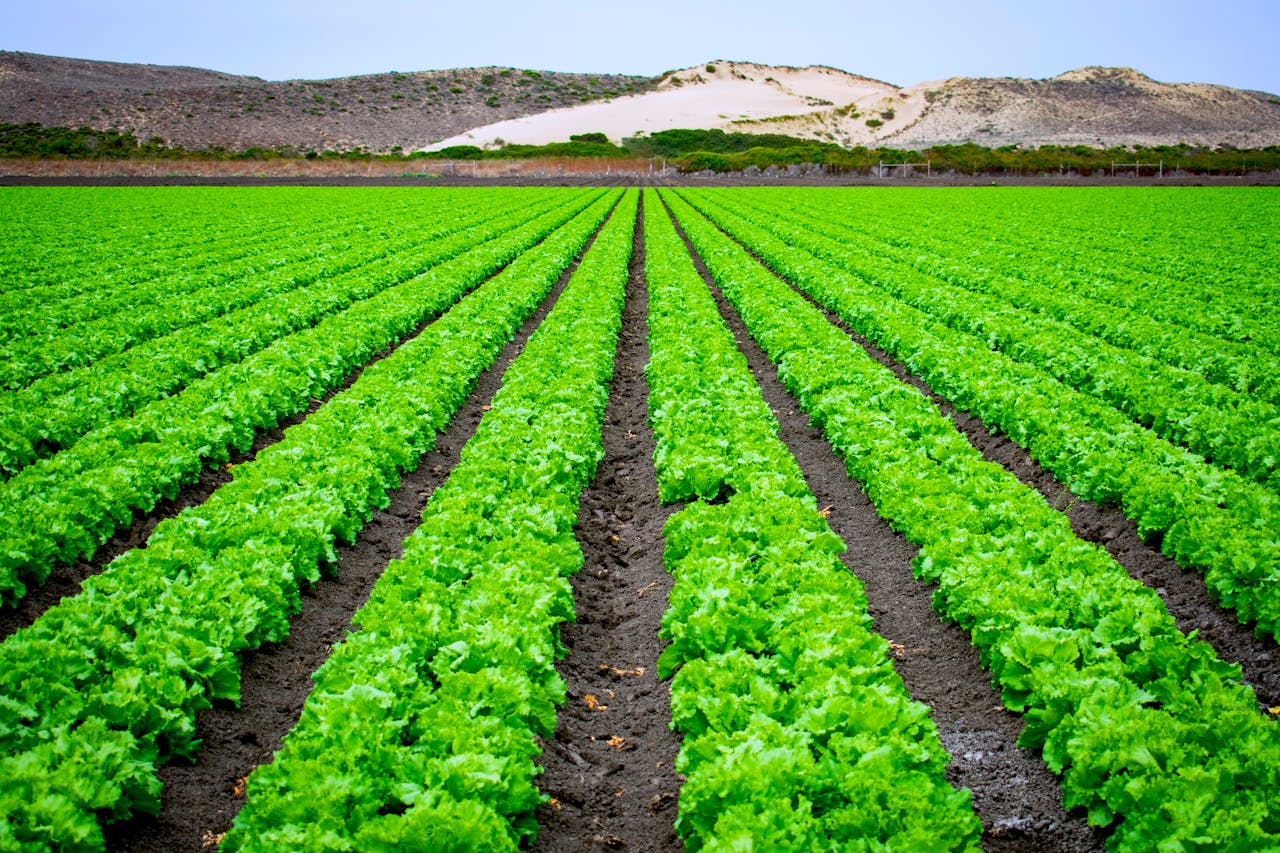
The idea of resting the land every seventh year isn’t new. It’s a practice deeply rooted in history, particularly in biblical traditions. Known as the "Sabbath year," this principle was more than an agricultural guideline—it was a call to stewardship and trust. Farmers were encouraged to let the land rest, trusting that it would provide for them in the long term.
Today, modern science supports what ancient wisdom taught: land needs time to recover. Sustainable farming practices, including fallowing, focus on creating balance—between production and preservation, profit, and care for the environment.
By incorporating a seven-year rest cycle into your farming routine, you’re not just preserving the health of your land. You’re also contributing to a more equitable food system and ensuring that future generations can continue to cultivate and thrive.
How to Start Reaping These Benefits on Your Farm
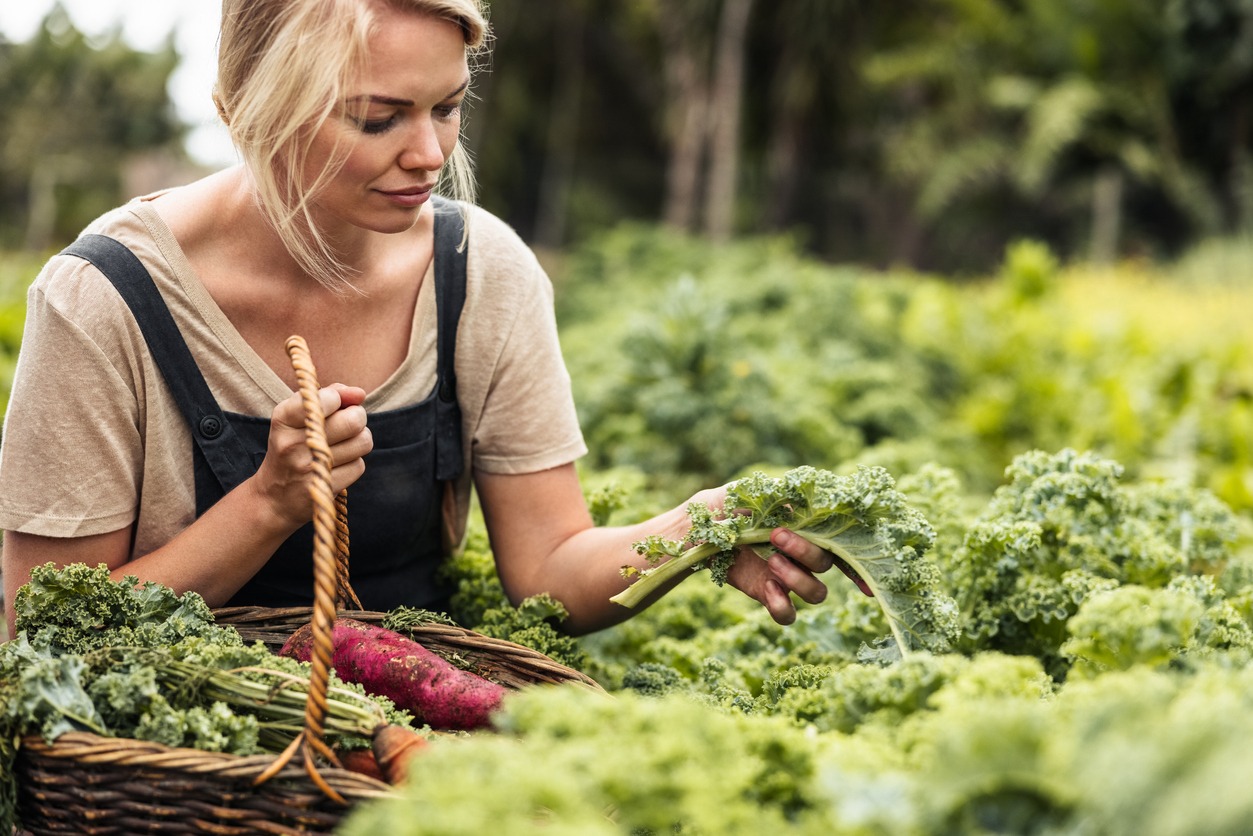
Transitioning to a seven-year rest cycle may feel overwhelming at first, but it’s entirely achievable with the right approach. Here are some tips to help you get started:
- Plan Ahead: Identify which fields would benefit most from a fallow year and map out a rotation schedule.
- Consider Cover Crops: During the rest period, plant cover crops like clover or rye to protect the soil, add organic matter, and fix nitrogen.
- Monitor Soil Health: Use soil testing to measure changes in fertility, pH levels, and organic matter over time.
- Diversify Income: To offset potential financial losses, explore alternatives like raising livestock, selling cover crops, or offering agritourism experiences.
- Start Small: If resting an entire field isn’t feasible, begin with a smaller area and gradually expand as you see results.
Conclusion
Letting your land rest every seven years is about more than farming—it’s about creating a partnership with the land. By respecting its limits and giving it time to heal, you’re ensuring its ability to provide for generations to come.
The benefits of this practice are undeniable: healthier soil, fewer pests, conserved water, and a more balanced ecosystem. But beyond the practical advantages, there’s something deeply fulfilling about honoring the rhythms of nature.
As you consider adopting a fallow year, remember this: sometimes, the best way to move forward is to pause, reflect, and let the land breathe. In doing so, you’re not only cultivating crops—you’re cultivating a legacy of sustainability and care.


